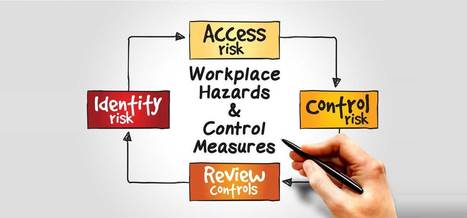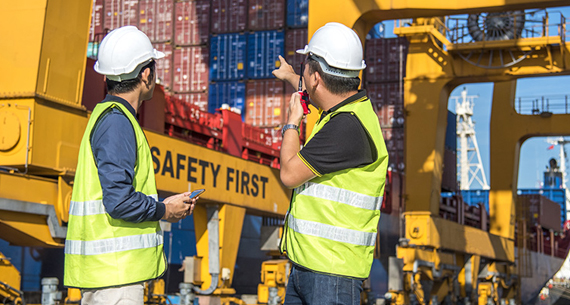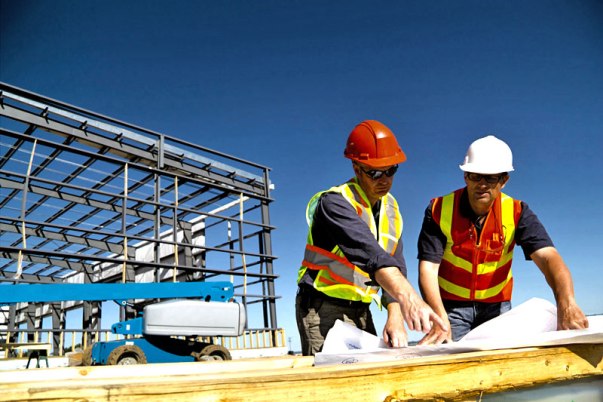Workplace Hazards and Risk Control

Workplace Hazards and Risk Control These hazards can be controlled through the risk assessment process and by careful design construction of the workplace. Hazards in the Workplace When people move around in workplace they are exposed to a range of hazards simply by being pedestrians. These hazards can be categorized by the type of accident that they cause. Details of these categories, along with some typical conditions and environment in which each hazards might arise, follow. Slips, Trips and Falls on the same Level Typical slip hazards: · Smooth floor surfaces that are: - Inherently slippery (e.g. polished marble). - Wet because of spills or cleaning operations. · Contamination of a floor with slippery contaminant (e.g. oil or leaves) A person’s footwear can make a big difference to how vulnerable they are to slipping on a floor. Typical trip hazards: · Uneven or loose floor surfaces(e.g. broken


